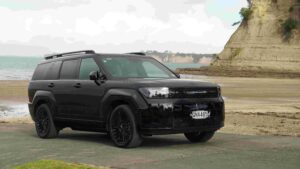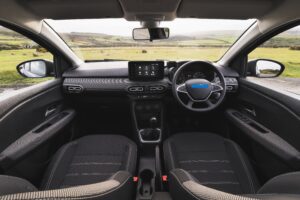Every time one thinks of the Lotus Cortina, images of the legendary Jim Clark three wheeling around Brands Hatch on his way to win yet another British Touring Car Championship race spring to mind. The combination of Ford money and Lotus engineering talent came together not once, but twice in the history of the Ford’s famous family saloon.
The MK1 is the car we think of when we conjure up those kinds of images with Clark, Hill and others at the wheel in 1964. Come 1966, Ford was ready to give Lotus permission to provide their MK2 Cortina the same go-faster treatment as the MK1. Except this time, the new Lotus Cortina would be built by Ford themselves at Dagenham alongside the MK2 GT. This was to ensure higher production levels and in Fords eyes, creating a product easier to live with.
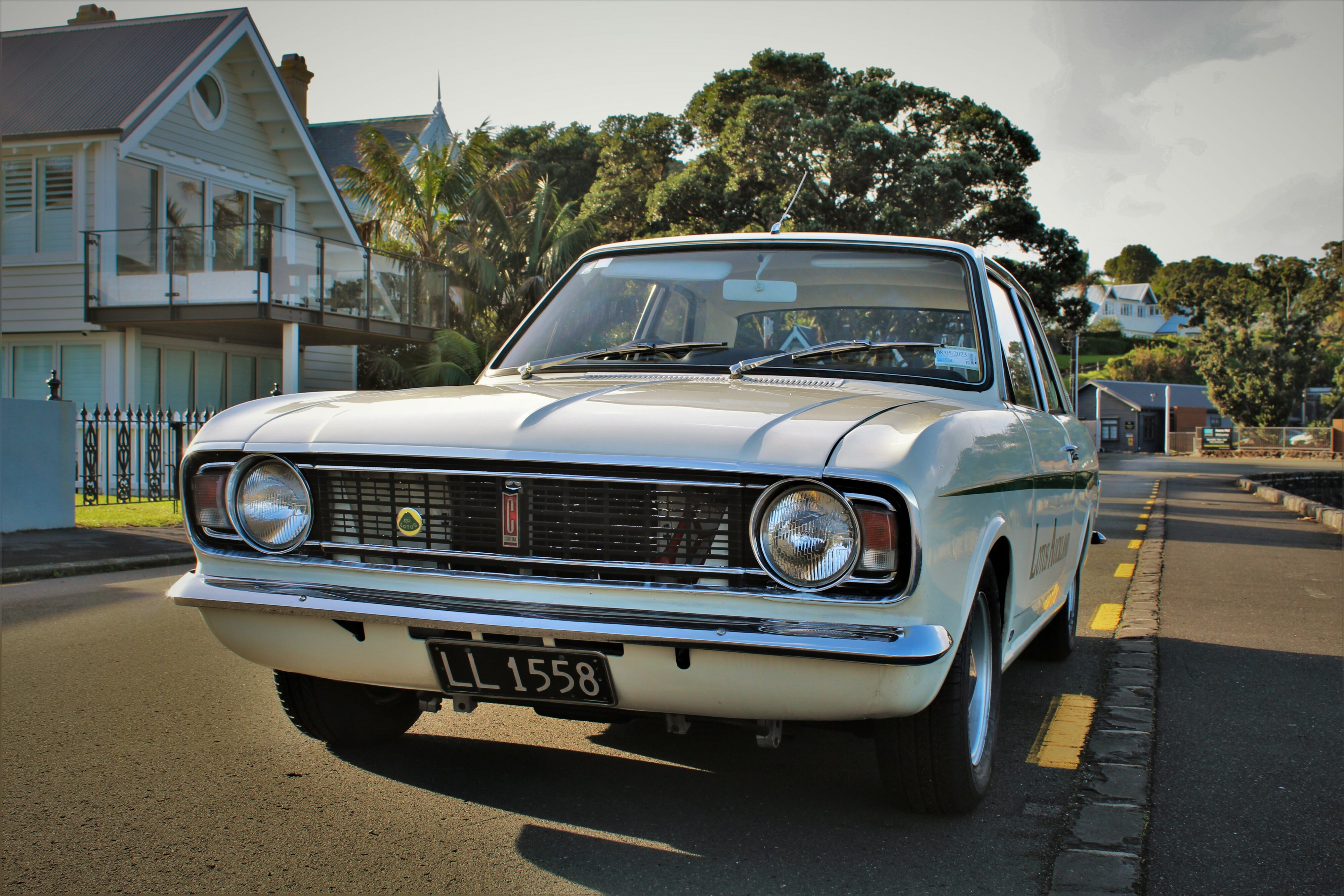
Determined to use as many Ford components as possible, Ford gave the MK2 GT as a base and asked Lotus engineering boffins Henry Taylor and Bill Meade to do their thing, while still keeping it useable as a street car. Ford lent two MK2 GT prototypes to Lotus in mid-1966 and things started to take shape.
Under the bonnet sat a raspy 1.6L Lotus Twin-Cam four-cylinder engine pushing 115hp mated to a four-speed manual transmission. As per the MK1 Lotus, the battery was relocated to the boot to make way for the race-tuned weber carburettors. Ford insisted these carbs were covered by a new air cleaner to reduce the amount of in car noise. Zero to 100km/h was rated at 11 seconds.
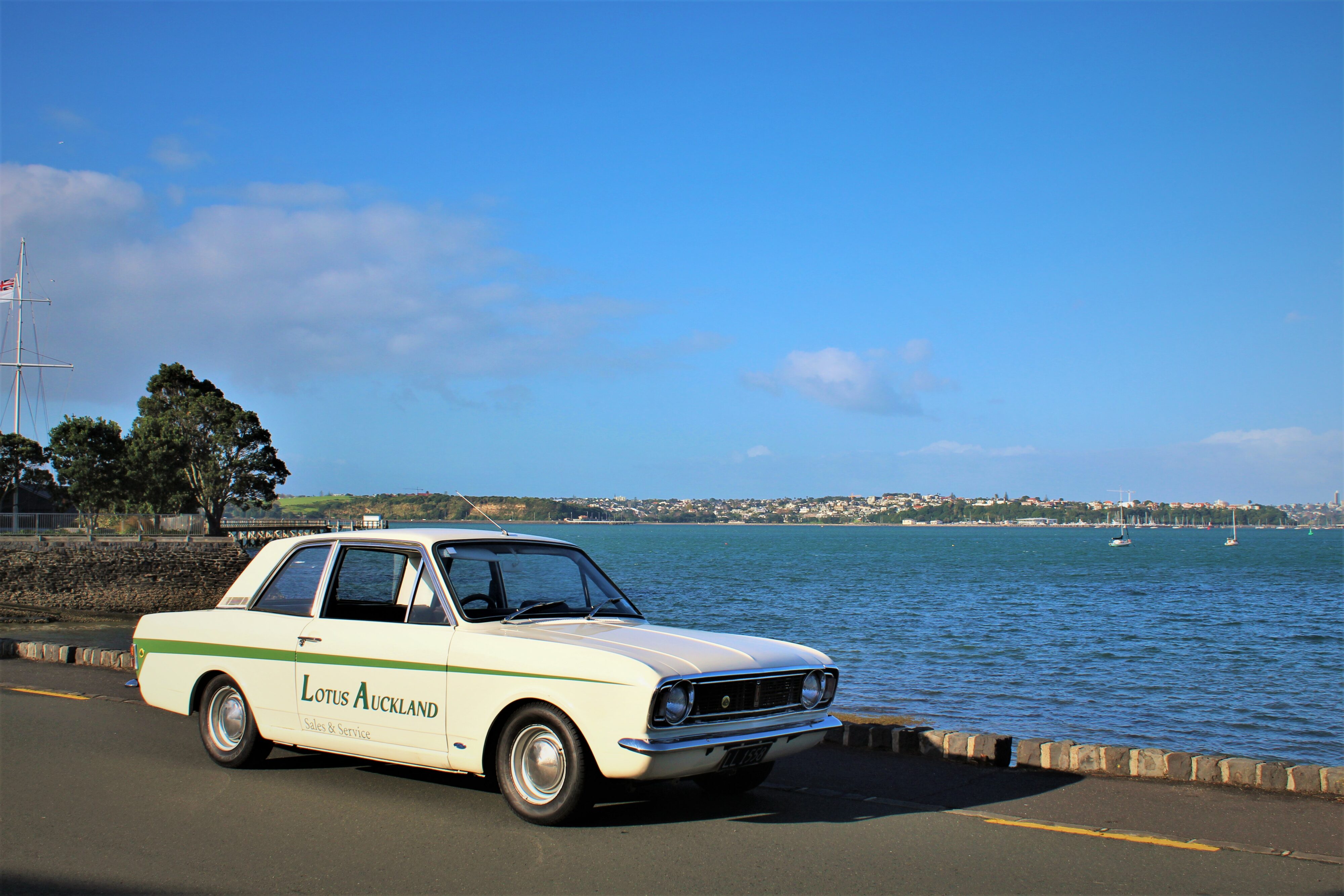
Unlike the earlier MK1s, the A-Frame suspension was dropped in favour of leaf springs. Rolled arches at the front and rear encompassed bigger wheels and tyres, also the car was lowered by an inch or so.
The final product was revealed in 1967 and would sell through Ford dealers. Despite Ford taking over production from Lotus, who by now were already busy developing the next generation Elan, Lotus still regarded the MK2 Cortina as “their” car. It was very popular, more so than the MK1.
Ford gave customers the option of buying a car with the standard specification, but also a “Performance Package” was available for those would-be touring car drivers who wanted something as close to the competition cars as possible. In competition spec, Lotus claimed the Cortina would be capable of handling up to 140hp. Doesn’t sound like much today, but for the time, it made the MK2 Lotus a force to be reckoned with.

It is said around 80 per cent of cars were sold in white with the classic green stripe down the side, complete with Lotus emblem at the rear. Production lasted until 1970 when the road car relationship between Lotus and Ford started to wane. Around 4,039 Lotus MK2s were produced compared to 3,306 MK1s.
As you can probably tell by those original plates, this particular 1968 MK2 Lotus Cortina has spent quite a lot of time in New Zealand. It wasn’t sold new here but arrived on our shores in 1984 with all the paperwork from the UK. I might add this is the real deal, not a replica.
Throughout the eighties and nineties, it turned a wheel in anger at various classic racing events across New Zealand before under going a full restoration in the mid-nineties. Its then owner decided to convert it back to road going spec.
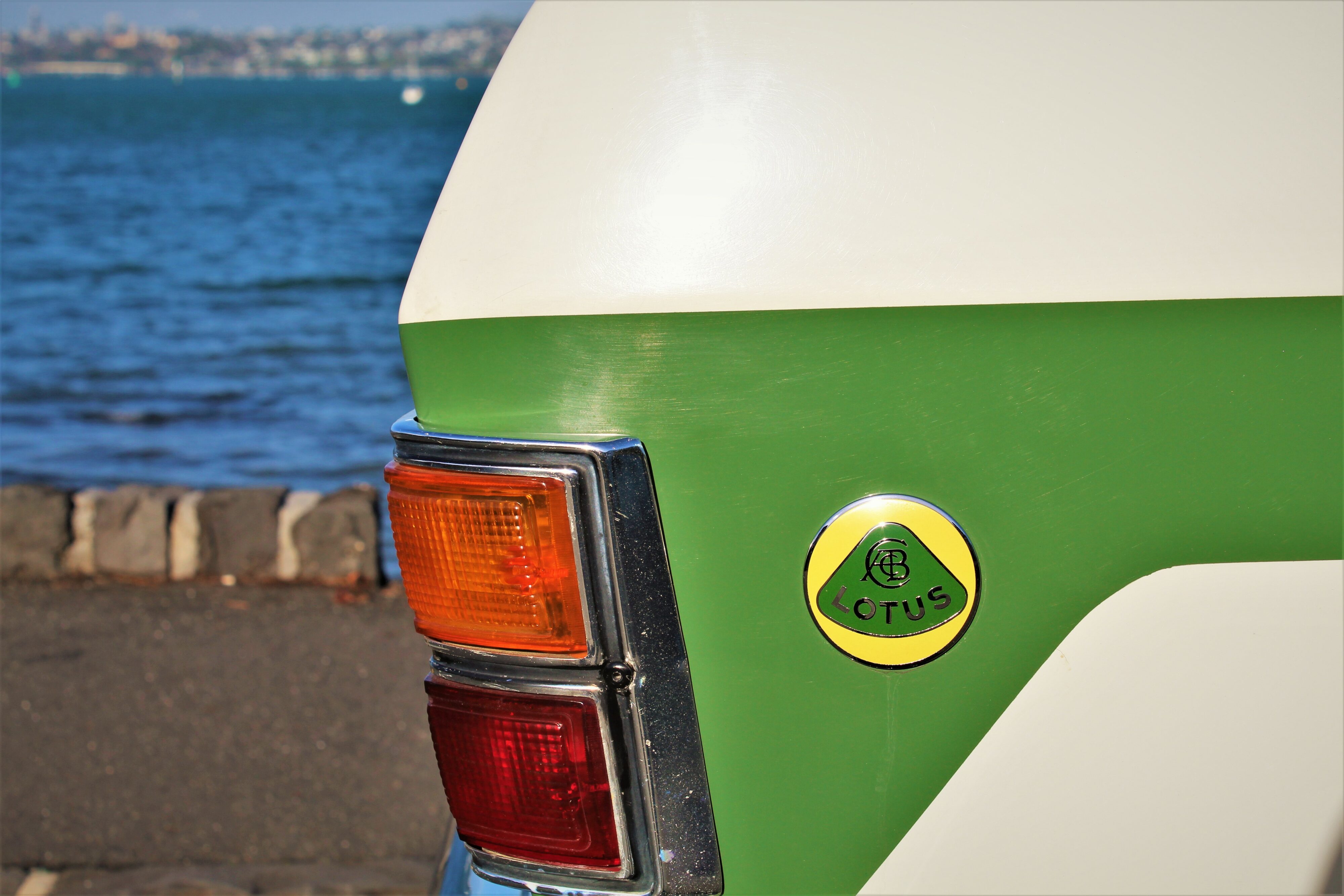
Its 1.6 litre Lotus twin-cam has been given a once over with Weber specialists rebuilding the carbs. There is also an uprated sway bar and new tyres all round. When Chris Parker of Lotus Auckland said he was more than happy to let me loose for a couple of hours in what was essentially a road going classic touring car, let’s say I was pretty darn chuffed.
Hop inside, its oh-so sixties and I love it. Ahead of you like a set of simple white on black dials displaying engine revs and speed. Atop the centre console you have four more gauges depicting voltage, oil pressure, engine temperature and a fuel gauge. Once your rear posterior is placed within those “bucket seats” you experience is one of comfort, though some shuffling the seat forward on its rails is required to get your preferred driving position, which my 5ft 10 frame kind of needed.

Once in place, things felt rather good. The steering wheel is not factory but it still feels good clasped in your mitts. To your left where you would imagine a stereo would be is an oversized ashtray. This was the sixties remember, everyone smoked back then. There is nothing in the MK2 capable of distracting you from the job of driving. Talking of driving, the time began to do just that.
A bit of choke was required to get that the go-juice flowing and the ignition key was turned, with a bit of flex from my right shoe on the throttle for good measure. A few seconds later and that raspy Lotus twin-cam crackles into life. Keeping said twin-cam ticking over at low revs, the that sweet Lotus burble is a lovely melody. I have always championed the sound of a peppy twin-cam. There are no fraudulent sounds here, just mechanical bits working in harmony and sweet induction.

The four-speed manual box, complete with Lotus emblem on the wooden gear lever, features quite a long throw when going through the gears. However, it isn’t long before you get used to it once you are motoring sedately around inner-city Auckland. In the time I had available, I decided to point the nose of the Cortina at Devonport, thinking a run through Ponsonby and over the bridge would be a good drive.
Well, I was mostly right. Things slowed to a crawl on Ponsonby Road, as you may expect and this in a 1960s performance car with a slightly grabby clutch resulted in plenty of concentration. Once I swung through Herne Bay and headed for the Harbour Bridge, the twin-cam was warmed up enough and the time had come to give it some stick.
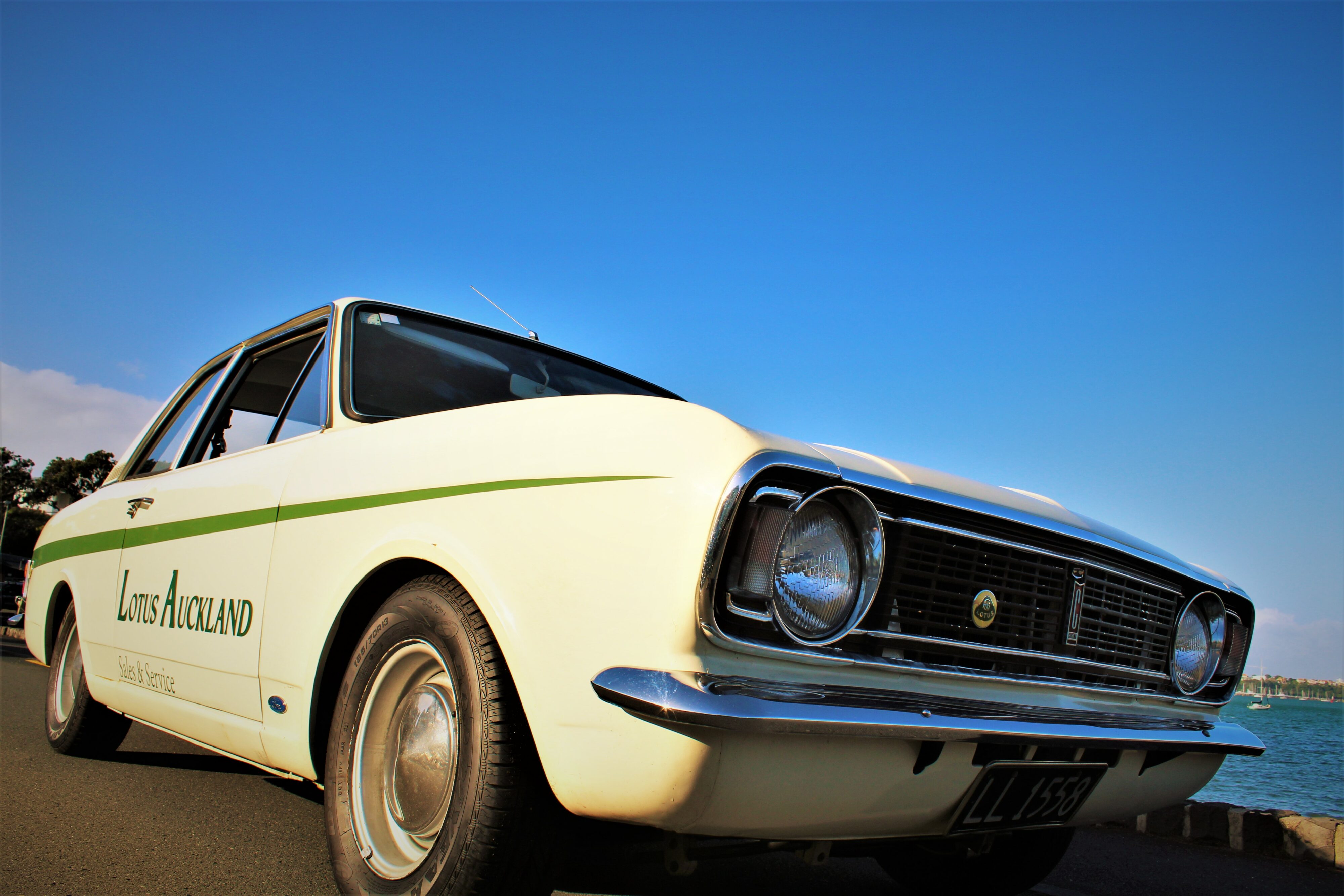
The MK2 Lotus Cortina thrives on revs, it loves to be driven hard and well. It is happiest from 3000 right up to near the redline of 6000rpm. The glorious sound of twin-cam induction and exhaust noise provides the background music while you throw the gear lever from second, to third and fourth, all while keep that squared off nose pointed straight and level.
Along the Northern Motorway after the bridge, I could wind up the Lotus to a dizzying 100km/h which it manages well, though thanks to its race focused underpinnings, the ride is, shall we say, bouncy. Its not hard or unforgiving, but you do start to resemble a bobble head doll to road users around you.

I would love to have had some tight switchback country lanes to play on, but I had to make do with what I could in terms of corners. This meant taking the Cortina by the scruff of its neck and giving that non-power assisted steering what for on the off and on ramps. At speed in said corners, there is a tiny bit of understeer to keep you on your toes, but due to late morning Auckland traffic, it would be foolhardy to explore beyond its handling capabilities.
Handling wise, as you would imagine, it is very well sorted indeed. Its eager, well balanced and on the occasions, I felt like pushing just that little bit harder, I could tell just what those rear wheels are up to. Many modern cars are more about grip and go these days, its great now and again to experience a car with minimal kit and partake in some driving exuberance, but then again, isn’t that what Colin Chapman set out to do in the first place?
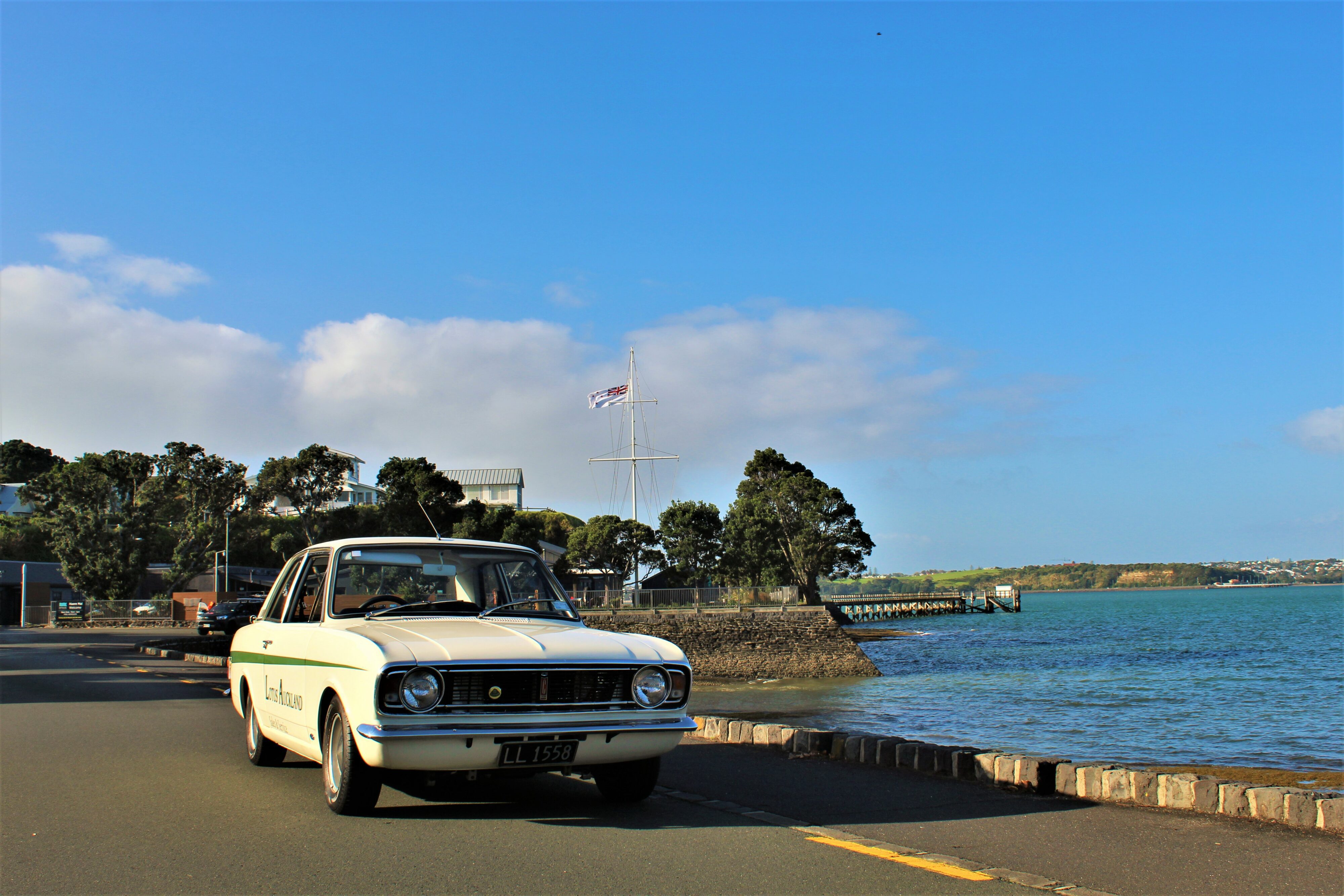
It won’t be long before this MK2 Lotus Cortina finds a new home of its own, as probably one of the coolest company vehicles I have ever seen is up for sale by Lotus Auckland. Whoever buys it will be the custodian of a legendary car and one which I was not expecting drive that day in Auckland. The relationship between Lotus and Ford in the golden age of motor racing is beautifully encapsulated in the Lotus Cortina and this MK2 is a stunning testament to that fact.







